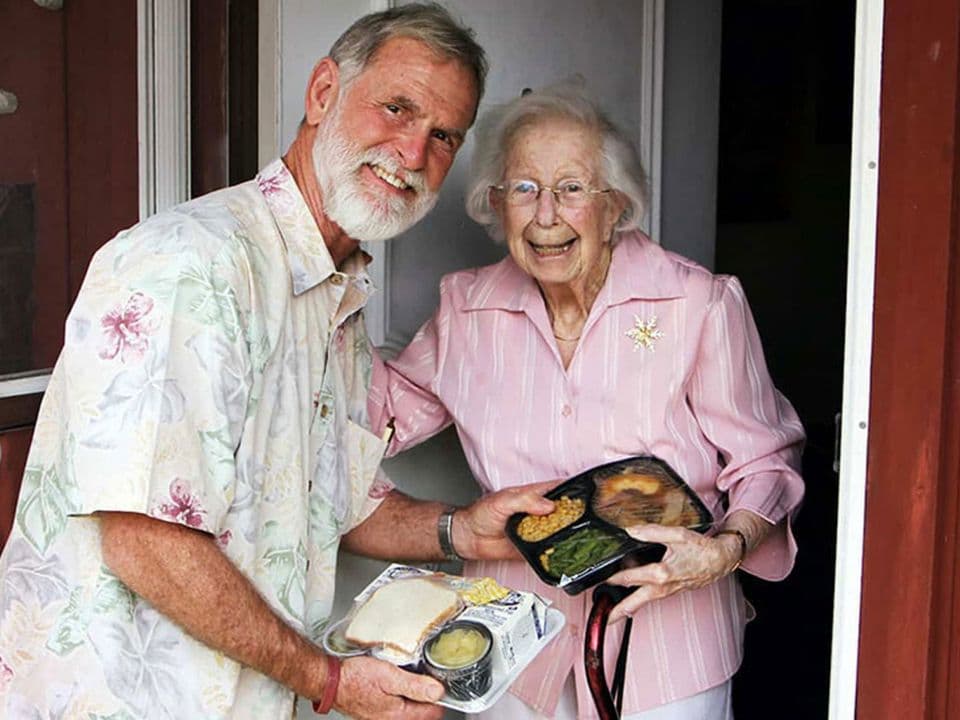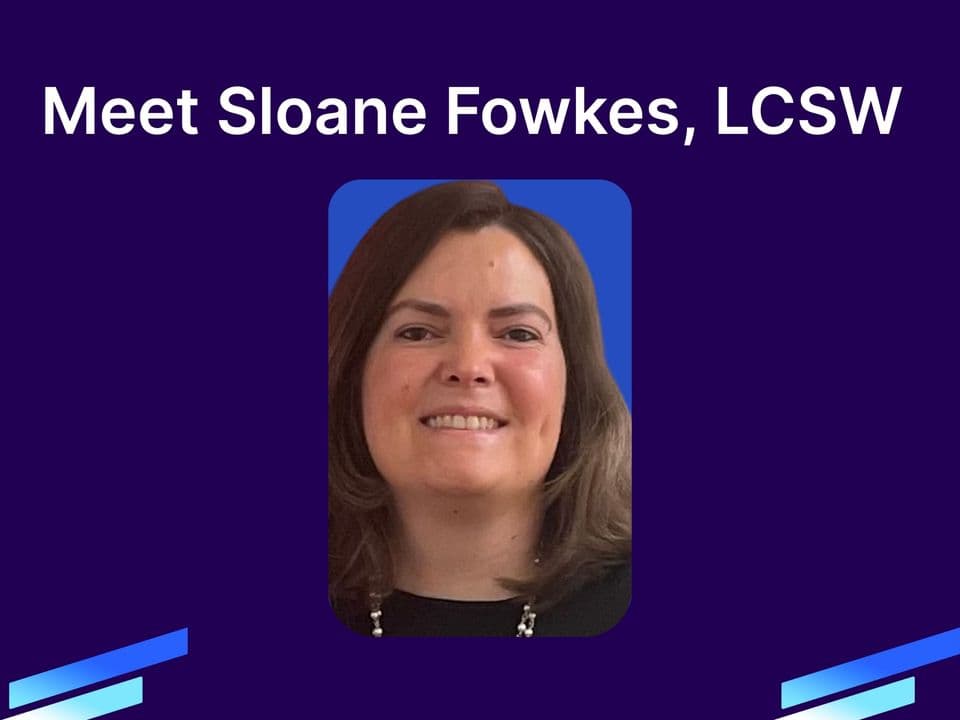Why modern fall prevention is foundational for Medicare Advantage
Learn why modern fall prevention is essential for Medicare Advantage performance and how Bold delivers results.
Older adult falls are not just an individual tragedy – they are a public health crisis. Each year, more than 1 in 4 Americans over 65 suffers a fall, resulting in 38,000 deaths, 1 million hospitalizations, and 3 million emergency department visits. Falls directly contribute to $80 billion in health care costs, including $53 billion in Medicare spending.
But here’s the hopeful truth: many falls aren’t inevitable. They’re preventable.
Falls are a complex, multifactorial outcome driven largely by modifiable risk factors such as muscle weakness, poor balance, and inactivity.
Medicare Advantage plans can play a major role in reversing the falls crisis by making the right kind of support more accessible to their membership. A deep body of evidence demonstrates that strength and balance training, especially when paired with education and behavior change support, can help prevent falls and improve overall quality of life for older adults.\ \ Bold’s fall prevention program is grounded in the gold-standard guidelines from the U.S. Preventive Services Task Force (USPSTF), which recommends fall risk screening and multicomponent physical activity.With Bold each member completes a comprehensive risk assessment based on STEADI before being provided with a personalized program composed of strength and resistance training, balance and gait exercises, flexibility, tai chi, and functional movement to address the many factors that contribute to falls.
But modern fall prevention is about more than just making these resources accessible — it’s about making them engaging. This is where the best tools like Bold really shine.
The Facts on falls:
- More than one in four Americans over 65 falls each year.
- Falls are the leading cause of injury-related death among older adults.
- They account for over 3 million emergency room visits and more than $29 billion in annual Medicare costs — more than Medicare spends on cancer
- Only 2.5–22% of community-dwelling older adults meet WHO-recommended physical activity guidelines.
- Over 70% of falls are driven by modifiable risk factors such as inactivity, balance deficits, and muscle weakness.
- The average hospitalization cost after a serious fall exceeds $30,000 – while preventing that fall through early intervention costs a fraction of that.
A complex web of barriers to effective fall prevention
The devastating impact on falls, and the fact that so many are preventable, are why the Star Ratings program has made fall prevention a priority. But while traditional approaches, which range from sending a fridge magnet to a member’s home to in-person classes at the local gym, demonstrate low impact, Bold has been able to drive results at scale for a wide range of senior-focused health entities, including MA plans and ACOs.
A big part of the reason why is our ability to break down the barriers to movement — not merely engage the already active. Despite the well-known benefits of physical activity for maintaining strength, balance, and independence, most older adults remain insufficiently activeand the barriers are deeper than motivation alone.
A systematic review of 25 studies found a complex web of interacting factors that influence older adults' ability to stay active, mapped across the Capability, Opportunity, Motivation – Behavior (COM-B) Model:
- Capability barriers: Many older adults experience physical limitations like reduced strength, balance challenges, and chronic pain that make activity feel daunting or unsafe. Fear of falling during exercise itself often deters them from trying. Psychological barriers like self-doubt and perceived frailty also chip away at confidence.
- Opportunity barriers: Environmental factors, such as unsafe neighborhoods, poor access to age-friendly programs, and limited transportation, make it harder for older adults to find or safely reach exercise opportunities. Add to that the weight of societal aging stereotypes, which can send the damaging message that slowing down is inevitable.
- Motivational barriers: Immediate negative sensations like pain, fatigue, emotional discomfort can quickly erode motivation. Older adults are often more motivated by activities offering immediate joy or social connection, rather than far-off health benefits. A bad experience (like post-exercise soreness mistaken for injury) can create fear that lingers.
Unless programs address capability, opportunity, and motivation together, even the best exercise initiative risks leaving the most vulnerable behind. Without structured, accessible, educational, confidence-building exercise interventions, many fall into a dangerous cycle: inactivity → frailty → falls.
Preventing falls requires more than just recommending exercise and a gym benefit. True fall prevention demands addressing the real, interconnected barriers older adults face through clinically and behaviorally informed exercise programs.
Bold’s fall prevention program is built on these clinical guidelines. Every member completes a comprehensive fall risk assessment based on STEADI before receiving a personalized, multicomponent program tailored to their needs.
Why falls matter to plans
Medicare Advantage plans hear about falls all the time. It’s a common metric in member evaluations, and plans are incentivized to reduce them. But falls aren’t just a number on a chart. They’re personal. A missed step at home. A slip in a grocery aisle. A life forever changed in an instant.
Falls are the leading cause of injury-related death and disability among older adults, but the impact doesn’t stop at the physical. In fact, a recent study identified falls as a sentinel event for cognitive decline and Alzheimer’s disease, with researchers warning that fall may be an early sign or accelerant of neurodegenerative processes.
Reducing falls isn’t just about preventing injury. It’s about protecting quality of life. Today, those outcomes aren’t just meaningful to members, they’re measurable by plans.
The Medicare Star Ratings program measure that stems from falls has been one of the worst performing measures for plans over the last 4 years. At the same time, newly elevated HOS measures – Improving or Maintaining Physical and Improving or Maintaining Mental Health – will triple in weighting by 2027, placing even more emphasis on member-reported outcomes like confidence, mobility, and quality of life. This is why fall prevention is a Star Ratings imperative.
95% of plans offer fitness benefits that few members use. Most traditional fitness benefits are built for the already-fit, offering environments that can feel intimidating, inaccessible, or unsafe to members with pain, joint issues, or fear of falling.
Strength and balance training sits at the top of the U.S. Preventive Services Task Force and HHS guidelines – a Tier 1, evidence-based defense against falls. Bold weaves those essentials with proven methods like Pain Neuroscience Education (PNE) and dual-task training, giving members a one-two punch of physical and cognitive benefits that translate into higher engagement, stronger retention, and better HOS scores for plans.
Treating fall-related injuries already drains billions, but the hidden toll of frustrated members, slipping Star Ratings, and churn can be just as costly. By tackling falls head-on, we safeguard members’ bodies, minds, and wallets while protecting the health plan’s bottom line.
Why traditional fall prevention falls short
Most traditional fall prevention programs miss the mark. Programs can feel clinical, cautionary, even stigmatizing.
No one likes to think about falling. And too often, it’s framed as an inevitability.
At Bold, we take a different approach. Instead of focusing on what members might lose, we focus on what they gain: strength, balance, and confidence. Our programs are affirming, empowering, and built to help members see what’s possible, not what needs to be prevented.
Bold weaves clinically proven strength and balance training with personalized, accessible programming tailored to members’ needs and goals.
“The fear of falling holds people back. I’ve learned that fall prevention starts with trust. My role is to show them that with the right support they can feel stronger, steadier, and more in control than they thought possible.” Alicia Estrada, Bold’s Head Trainer
Solving the falls crisis means designing programs that don't just exist, but that older adults actually trust, use, and love.
“Bold has been life changing for me physically, cognitively, and emotionally. The trainers are outstanding in their ability to connect with an aging population from varied backgrounds.” — Sarah M., 67
In a regional health system case study, one plan saw a 35% decrease in injurious falls from baseline through members’ adherence to their personalized program. 61% of members reported clinically significant pain reduction.
Bold’s digital model eliminates the barriers that keep older adults from moving:
- No hardware or travel required
- Classes that meet members where they are – seated, short, condition-specific
- Expert-led programming that prioritizes dignity, safety, and fun
And it works. 40% of Bold members didn’t have an exercise routine before joining. Now, they average more than 20 healthy actions per month.
This matters for outcomes and patient experience. Bold members report a Net Promoter Score (NPS) of 80+, and 4 in 5 say they’re more likely to stay with their plan because of Bold.
“When we translate clinical evidence into bite-sized strength and balance routines, older adults trade fear for confidence,” says Bold’s Head Trainer Alicia Estrada. “Turning risky steps into steady strides and keeping their independence right where it belongs: on their own two feet.”
The fall prevention solution that works for members and plans
Prevent the fall before it happens. Start with exercise.
Fall prevention isn’t a bonus benefit anymore. It’s the foundation of whole-person care – and Bold is ready to help you lead the way with a clinically grounded, behaviorally informed model.
Let’s move beyond awareness to action. Learn more about partnering with Bold.
More from Bold
Meet Dr. Mitul Desai, MD
As a double board-certified physician in Internal Medicine and Obesity Medicine, I have over 20 years of clinical experience in primary care and preventive health. Together, we will collaborate to address and prevent age-related issues with a focus o
Bold’s Move for Good Challenge
Introducing Bold's Move for Good Challenge: Take 5 classes in November and we'll donate to Meals on Wheels America.
Meet Sloane Fowkes, LCSW
I am a Licensed Clinical Social Worker with extensive experience working with the geriatric population. I use a trauma-informed and client-centered approach when working with clients on their healing journey. What to expect in our sessions together W



